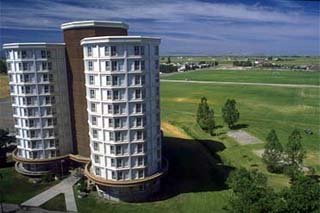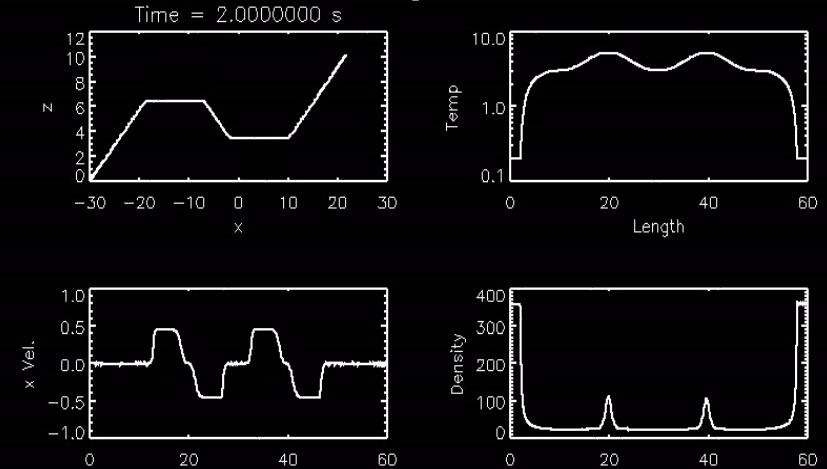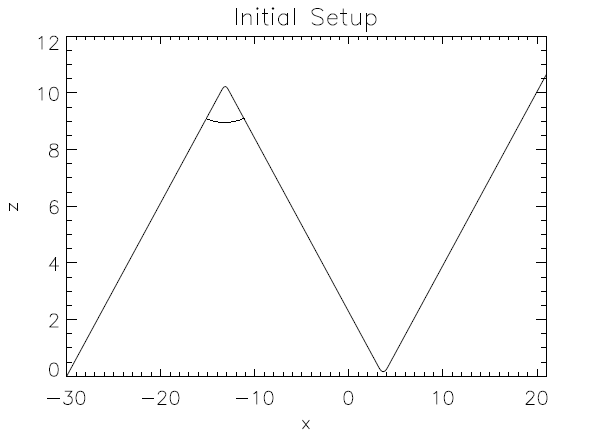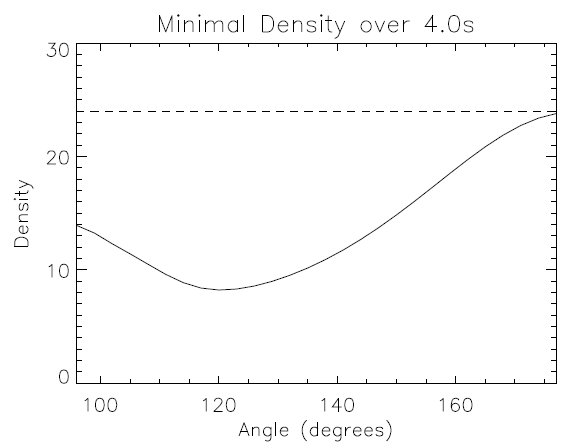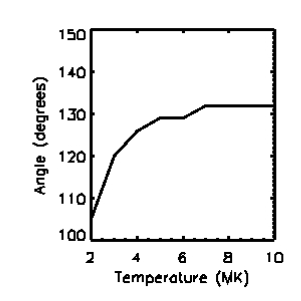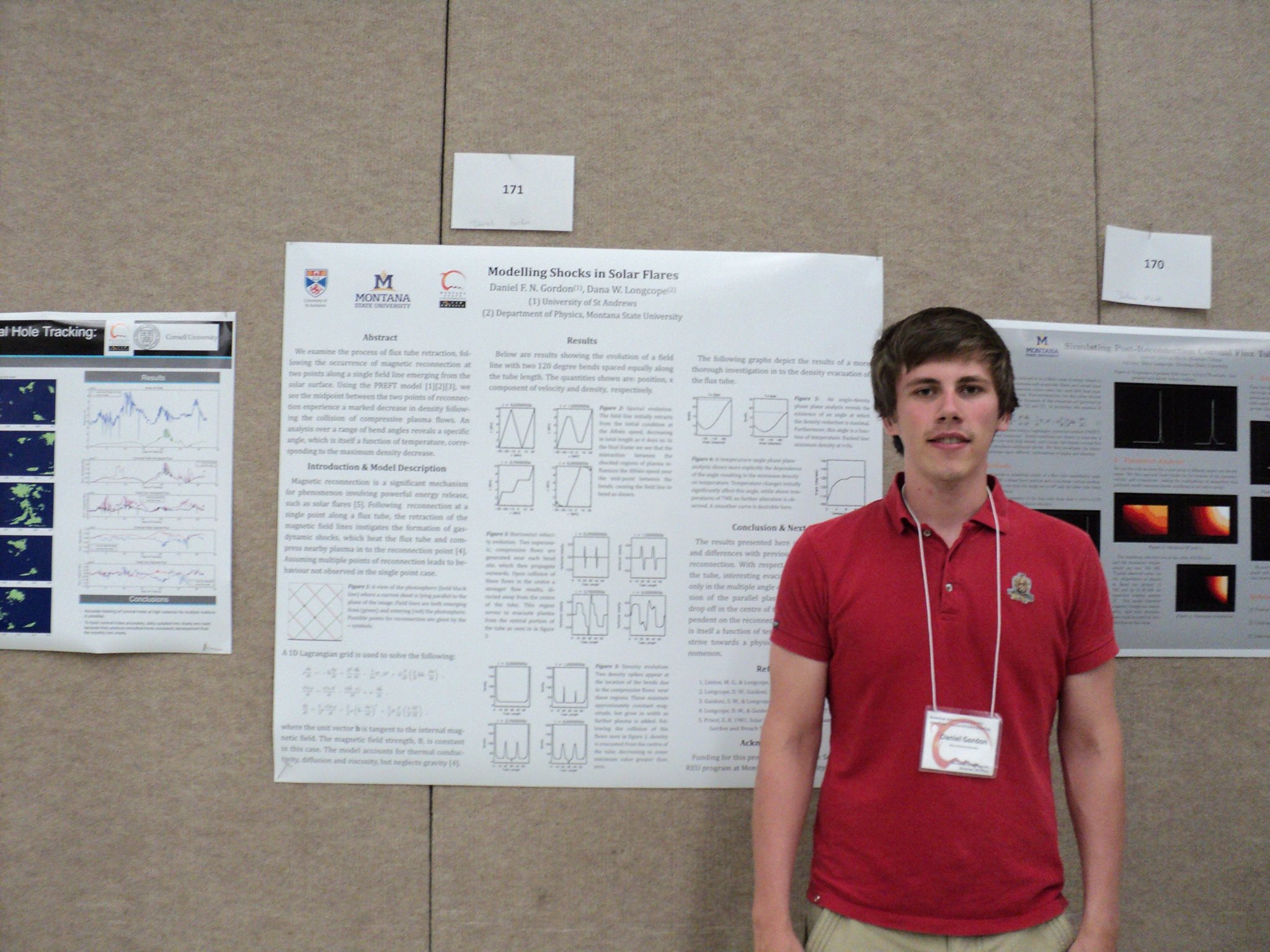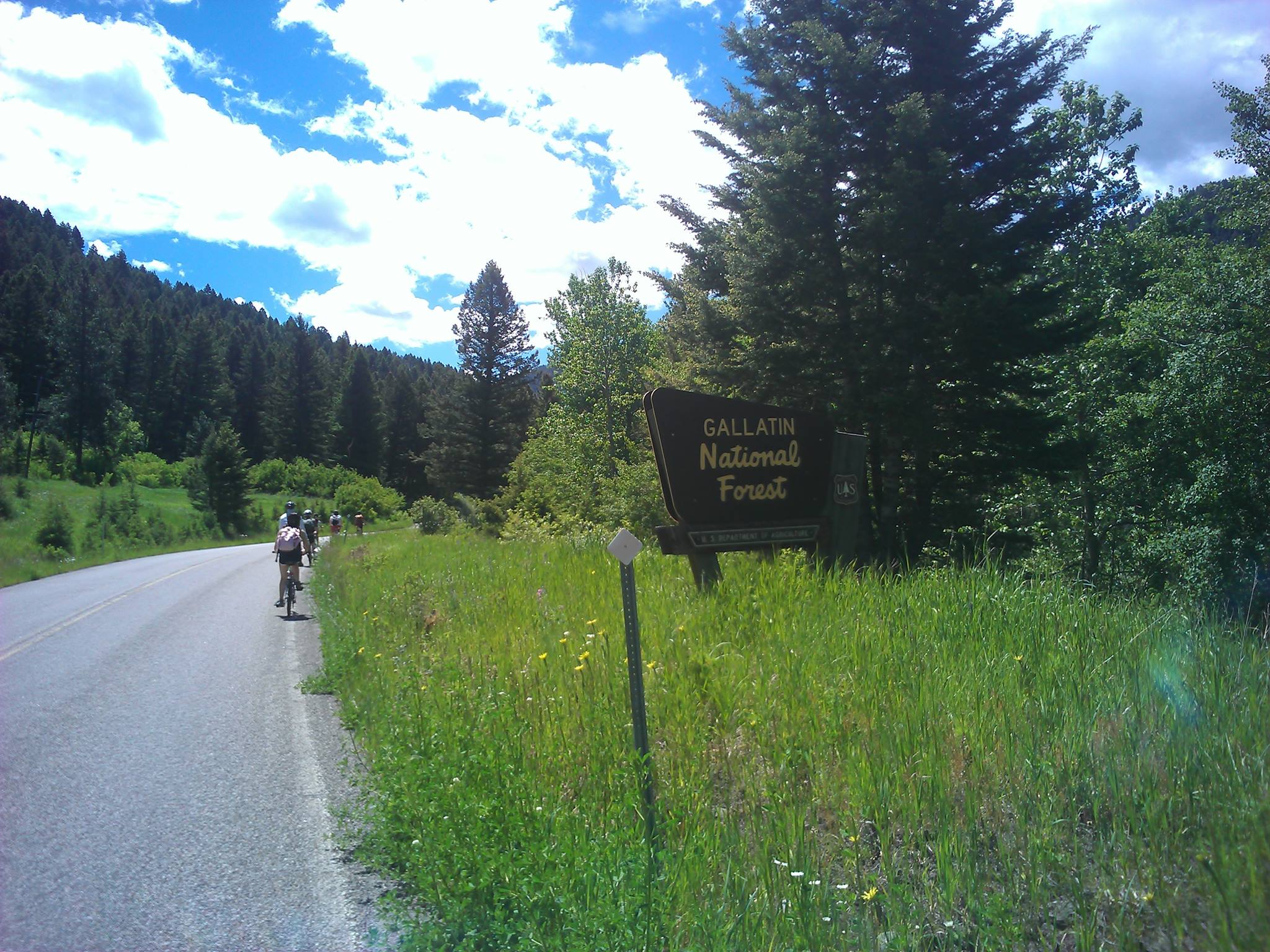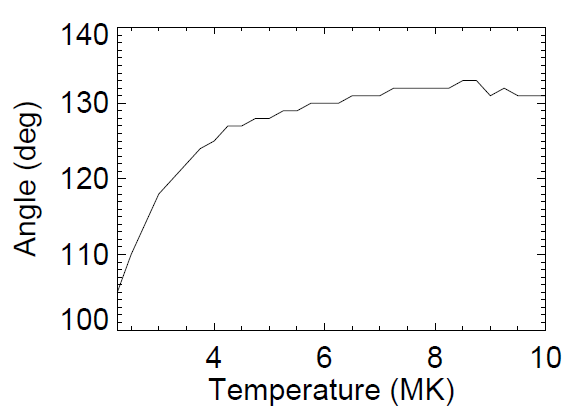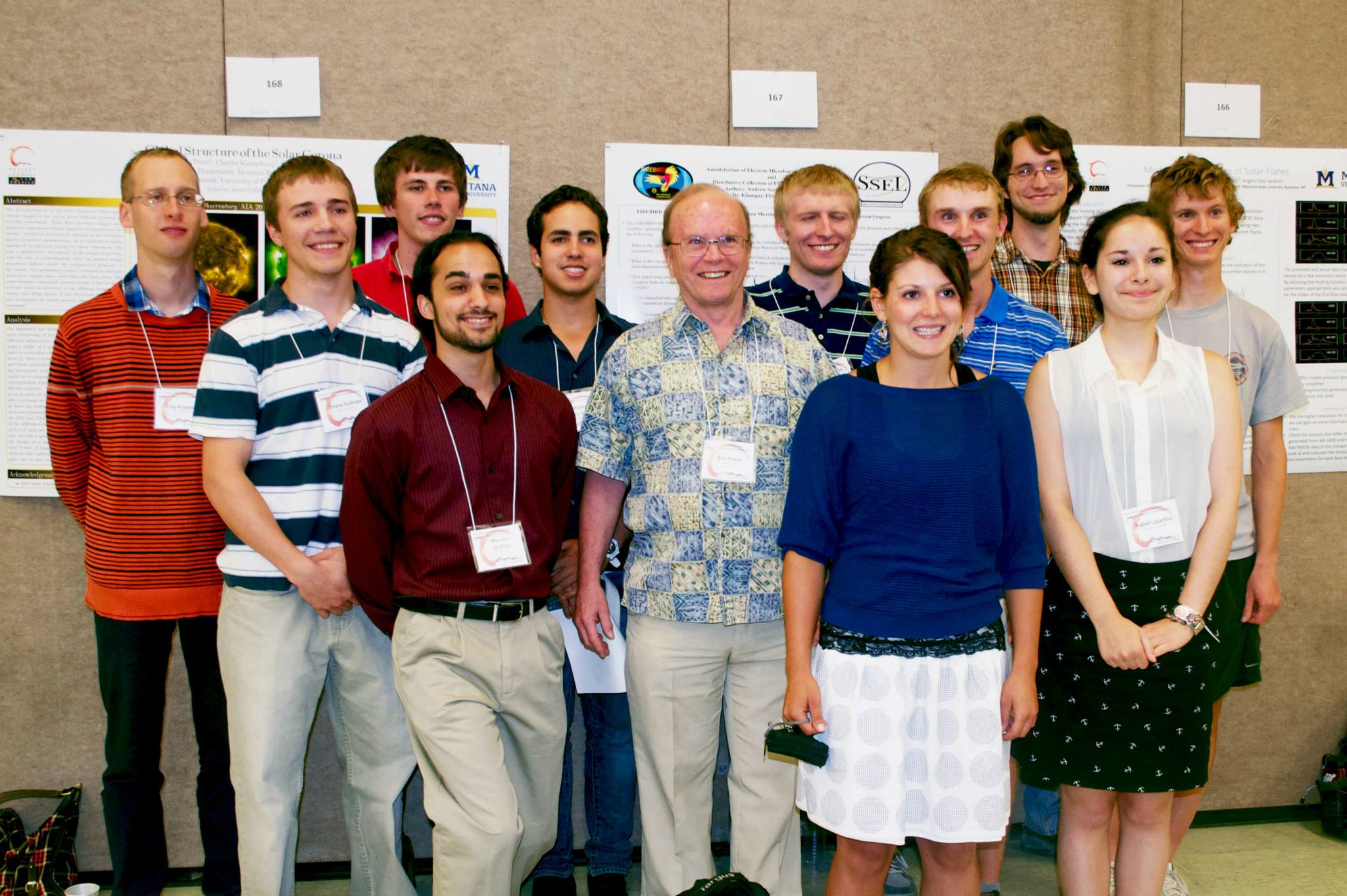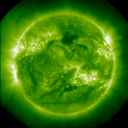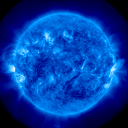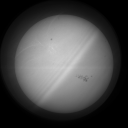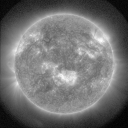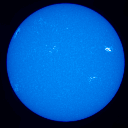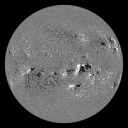Weekly Log
Week 1
Touched down in Bozeman around mid-afternoon on Sunday (sadly without my luggage, which turned up the next day) and soon after checked in to Roskie Hall. I was pretty tired from the flight but had time to have a walk around campus and get some supplies from a nearby store (Town & Country), before settling in to my room and having an early night.
Roskie hall.
The programme kicked off at 9AM the next day. We were introduced to the members of the Solar Physics group as well as our fellow REU students. We arranged meetings with our supervisors to have an introductory discussion on what our project would entail, and also had a computing lecture and the first of a series of introductory lectures on IDL which took place throughout the first week. I'd used IDL a fair bit alread during a previous summer project and university module, but it was good revision and I did learn some new things. This day was also used to sort out some admin stuff as well as collect keys to the physics building, matric cards and generally just to explore the campus a bit. Everyone from REU students and PhD students to staff and postdocs met up for a mixer at Jiong's house in the evening, which was a great way to get to know everyone.
Myself and Joshua Mirth, a fellow REU student working on a project related to my own, met with our supervisor (Professor Dana Longcope) for a introduction to our project. We were given some general details about the physical process we'd be investigating, some papers to read through to understand the theory and know where the equations came from, and were also shown how to access and use the code he'd designed to run the numerical experiments (PREFT). Our initial task was to look at the output from one of these experiments, play around with the IDL data structure that contained the results and essentially make sure we knew how to manipulate the data correctly using IDL. At this point I decided it would be a good idea to write a code which could express some key parameters from the experiments in video forms, and ended up writing quick_vid. As its name suggests it was supposed to be quick and simple and initially I wanted to be able to input variables on the fly for it to output. Really though, I only used it for looking at the parameters hard coded in to the program, but for that use it worked well.
A single frame of a run of quick_vid.
After I'd accustomed myself to how the PREFT code worked, I was instructed to test my knowledge by writing a code to calculate the point forces and momenta acting on a retracting field line, given the velocities, densities and other parameters from the PREFT code. This was good practice in manipulating IDL structures and the end result can be seen in the Codes section of this webpage (get_momentum). Then, I was tasked with finding a way of setting up an initial condition from which the PREFT code could simulate a field line retracting after simultaneous reconnection (this was the concept on which my project was based - for more info see project description). It was clear that if I wanted to be able to repeat experiments efficiently I'd need a quick way to generate initial conditions with different parameters, and so started work on generate_multitube.
Also this week we had lectures on hydrostatic balance, nuclear fusion and helioseismology. During the weekend I went for my first hike in Bozeman, organised by Roskie: 'Hiking the M', one of the most well known hikes in the area. The way up was pretty hard going - you don't realise how taxing a hike will be until you're doing it (and Bozeman's high altitude might not have helped). It was great fun, and the view was spectacular.
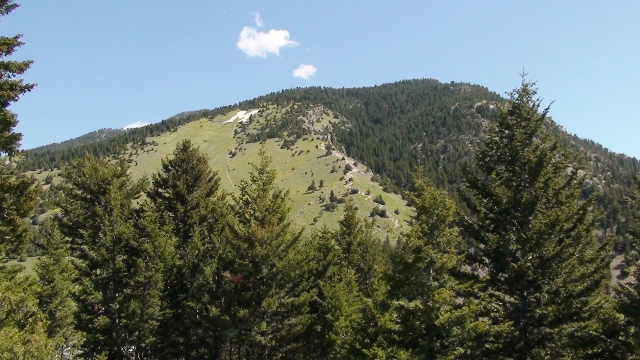
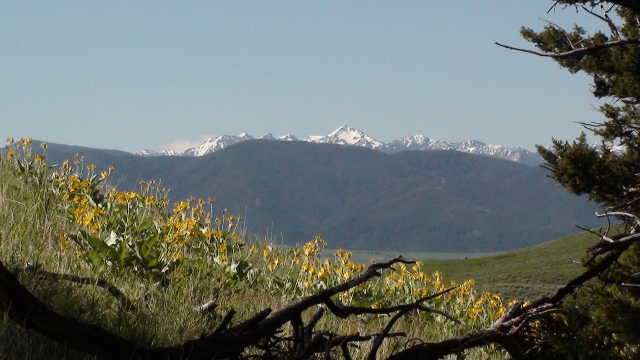
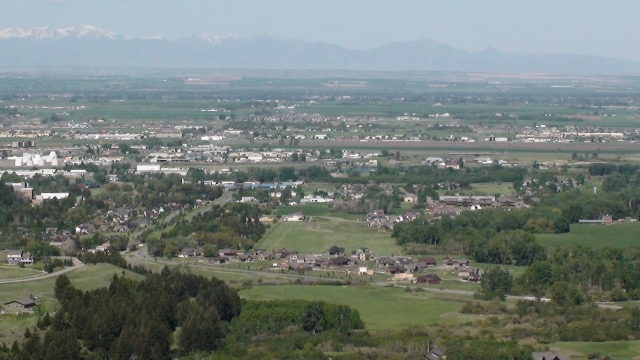
Some views from hiking The M.
Week 2
I spent a lot of this week making, using and refining generate_multitube. My mission here was to make sure the code could handle a lot of changes to the initial condition. To that end, it was designed such that the number of bends along the field line, the spacing between these bends and the angle of each bend can be entered as a parameter in to the code. In practice I would prove to only need the code for two bends, but it was nice to make the code a bit more general (and looking at the case for 3 simultenous points of reconnection would have been interesting!).
It was also necessary to build in some constraints on these parameters, however. For example, two adjacent bend angles could not be such that the field line doubled back on itself, and the mix of angles and ratios couldn't allow for the field line going beneath the photosphere - as this would affect the density distribution. These conditions were all included as checks at the start of the code which would reject invalid combinations of input parameters.
An example output from generate_multitube, with two equal angles spaced at 1/3 and 2/3 along the line length.
Once Generate_multitube was done, I elected to first run it over a large number of parameters, split up in to three cases. The first was to run PREFT using generate_multitube as a subroutine over an array of angles where were equal for both of the bends and equally spaced along the field line. In the second set, the angles would not be equal but would be at a fixed distance from each other, and in the third the spacing between the equal angles was allowed to vary. I hoped this would give me a sufficiently large data set with which I could compare and contrast results to study the physics behind the process. In fact, it turned out that just the first, more simple set of experiments provided enough interesting behaviour on which to base my project!
Finally, I used the data I'd collected along with get_momentum and quick_vid to make some qualitative observations of what was going on. My initial observations were of some velocity spiking which occured after the rotational discontinuities collided, and I wanted to investigate this a bit more the following week.
Also this week we had lectures on the sun's magnetic field and how variable solar activity could be. On the weekend we went to hike the Drinking Horse Trail which was a bit more easy-going than hiking The M, but a good time nonetheless.
Week 3
Some of the observations of the double reconnection case which differed from the previous case included the expected similar behaviour in density and pressure albeit happening at each bend point, the tendency for the field line to retract initially but start to bend after some time and, as mentioned previously, the spiking in the velocity which occured after a certain time.
I spent some of this week trying to get to the bottom of this spiking behaviour. The velocity had a tendency to spike in the central portion of the field line after some time. This effect was more pronounced for larger angles, and decays more slowly. I wanted to create a code that could look at the data for an experiment, identify when and where the velocity spikes, note the point where it is maximal and compare this to other global maxima in time. Then, I could find the rate of change of the magnitude of the density spike for a range of angles and plot this result to see what was going on.
Overall, it proved to be difficult to finish the code (it was hard to differentiate between the spike and other regions of high density) and find meaningful answers to why the velocity was behaving oddly. On the bright side, I did learn that the code performed best from angles above approximately 93 degrees (otherwise the magnetic energy was too high and the code did not always work as expected) and would from now on limit my studies to this range.
Near the end of this week, Professor Longcope brought my attention to some interesting behaviour in the density distribution, namely that density was seen to evacuate from the central portion of the tube after a certain time. This is something that wasn't seen in the previous case where density only grows at the position of the bend. I decided to put the spiking analysis on hold for the moment in order to focus on the interesting density behaviour.
Also this week we had lectures on the solar atmosphere, solar flares and coronal mass ejections, and saw a physical derivation of the solar wind. A group of students from Roskie went scenic river rafting on a trip organised by outdoor recreation. The trip really showed off some of Bozeman's beautiful landscape.
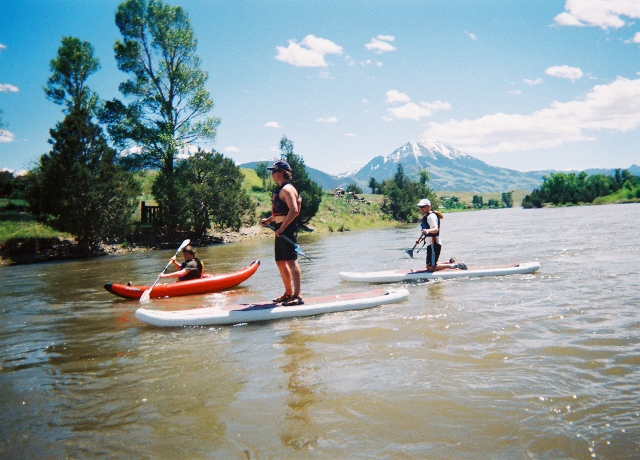
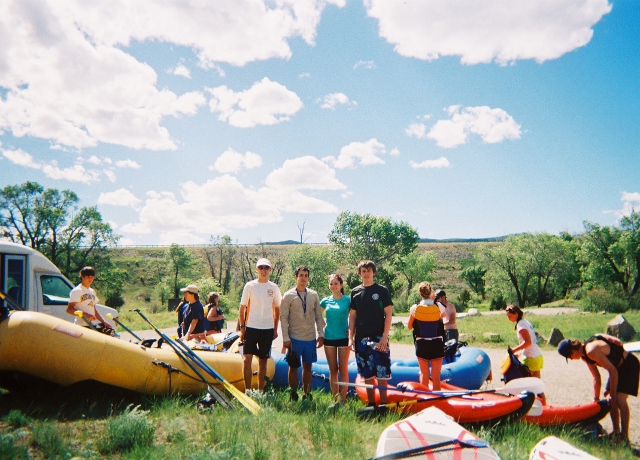
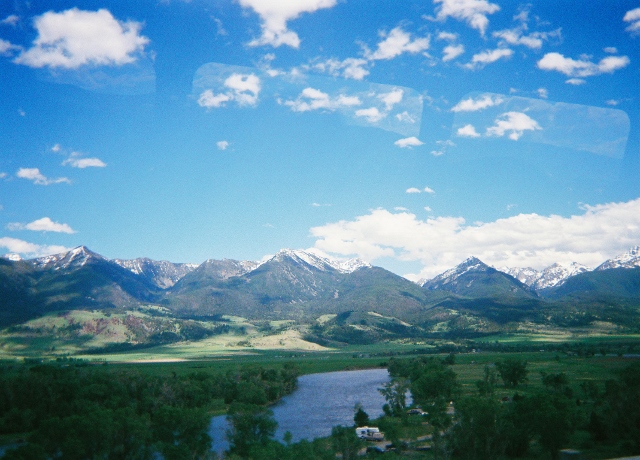
Scenic river rafting.
Week 4
I spent this week looking a bit more at the behaviour of the density inside the retracting field line. First I developed single_density which essentially finds the minimum density throughout a collapsing field line at each time step along its retraction.
This worked well, and graphing the minimum density over time showed more clearly than quick_vid that the density was indeed dropping. I tried for a few more data sets using different angles and observed that the density drop off was a function of the bend angle, which I expected due to the effect of the bend angle on the magnetic tension force. I needed a way to clearly compare how this relationship worked, and to do so wrote all_density. It basically runs single_density over a range of angles and plots the minimum density over the total time for each case. Doing this got some good results, and indeed some surprising ones.
Result of density-angle phase-plane analysis.
Throughout what I'd seen so far a clear theme had been that sharper reconnection angles drive more pronounced dynamics. Therefore, I initially expected that, as one varied the bend angle from sharp to large, the mass evactuated from the field line would similarly decrease. While it is true that, for very large angles, the density reduction is minimal, the maximum is in fact reached at somewhere around 120 degrees (at least for the 3MK case). This was interesting in that it was unexpected, and it begged more questions. Was this 120 degrees a somehow special angle that would always achieve the maximum density reduction? Or was it itself a function of other variables, such as temperature? To figure this out I would have to do a further analysis on which angle produces the maximum density decrease as a function of temperature.
Meanwhile, we had a mid-term presentation scheduled for next Tuesday and so I started preparing a bit for that. Also this week Professor Priest was visiting from St Andrews and we had lectures on Solar Theory from him, which were interesting. We also had a lecture on solar observations. On Thursday we went to the IRIS launch party which was really cool - people from Bozeman have been working on the IRIS mission for years and there was a real sense of excitement when watching the launch. We went hiking this weekend with Outdoor Rec to Sypes canyon. Again, spectacular views!
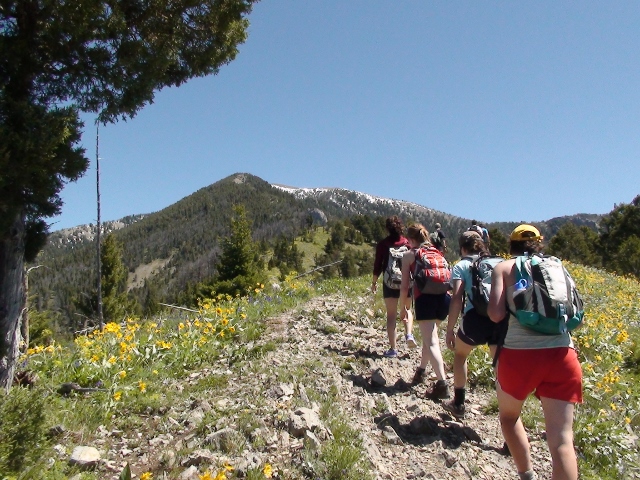
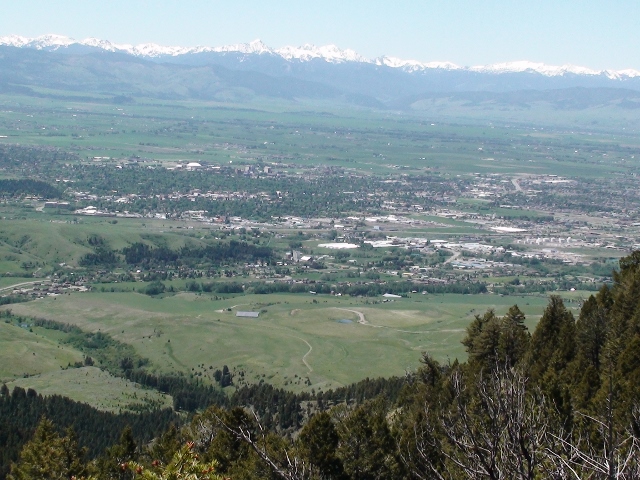
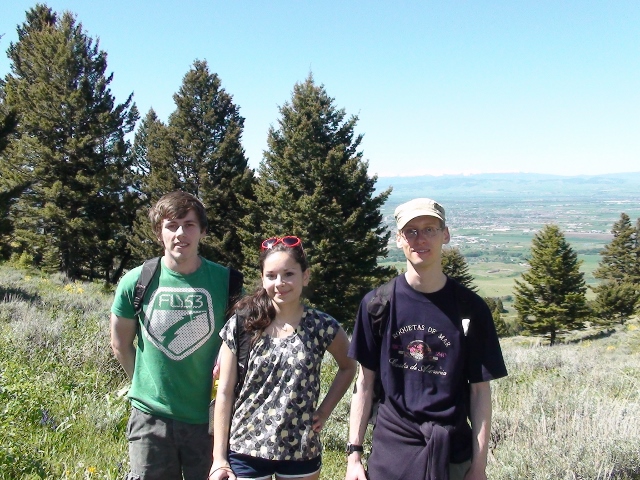
Some shots taken from the Sypes canyon trip.
Week 5
Before the presentation on Tuesday I tried to get some more analysis on the density variations done. In particular, I ran all_density several times changing the initial temperature profile in each case (ie. from 3MK to 5MK) to see if any changes - and indeed there were. Generally what seemed to be happening was the angle at which the maximum density reduction was achieved increased with the initial temperature. This seemed to confirm that 120 degrees wasn't some magic angle but was a function of other variables, but more work would be needed to determine this relationship explicitly. I managed to include these preliminary results in my mid-term presentation, which I think went quite well. It was interesting to see what everyone else was working on too.
Next week is the week of the SPD solar physics conference, and the REU students are set to present scientific posters of their work so far. With this in mind, and considering that I had plans to visit Glacier National park over the weekend, I pretty much started working on my poster straight away. At the same time, I wanted to get a clearer result pertaining to how the minimum density angle varied with temperature. To do this, I had to run the PREFT code over a range of temperatures, each of which was run over a range of angles, to obtain the required data. The resulsting graph was unfortunately a bit blocky due to relative difficulty of obtaining many data points, but nevertheless it did illustrate the relationship much more clearly.
Initial result of temperature-angle phase plane analysis.
As mentioned above, a group of us went to Glacier National park this weekend. It was a mix of solar REU people and some Chemistry REU's we'd made friends with from Roskie. It was a long trip but definitely worth it for the few days we spent at Glacier, which is a beautiful national park. We didn't see any bears, sadly!
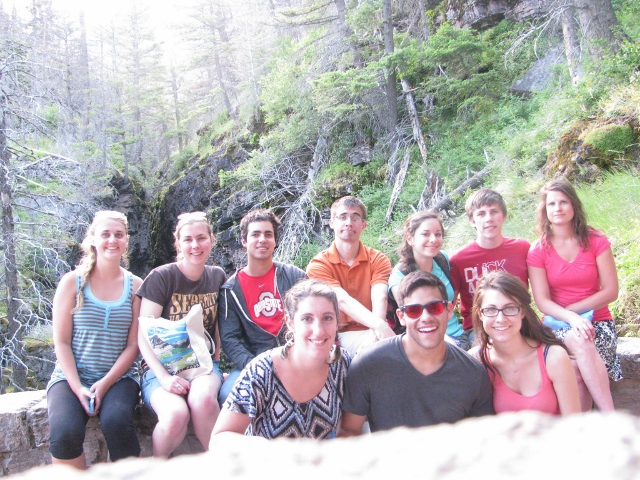
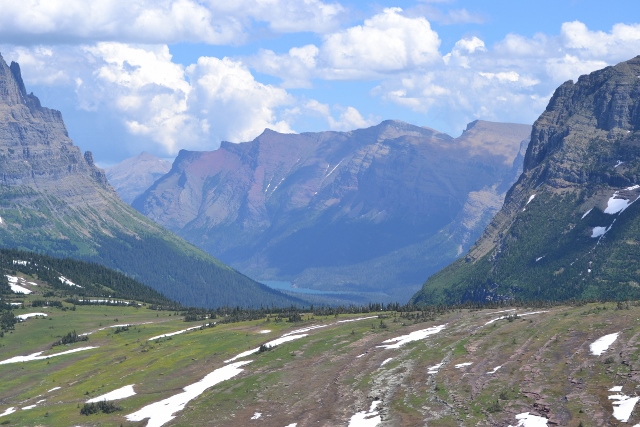
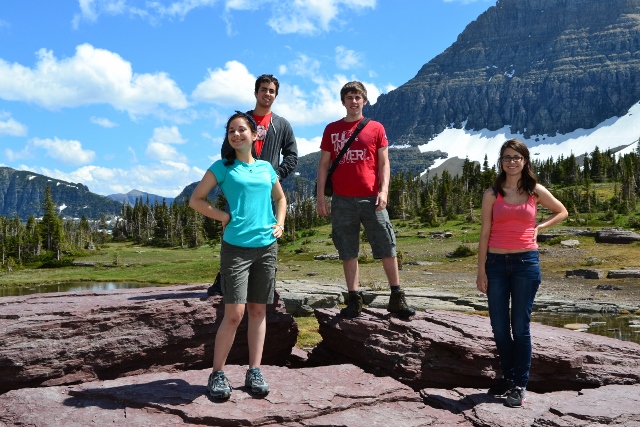
Glacier national park trip.
Week 6
This week was the week of the Solar Physics SPD conference which pretty much ran all week. The Solar REU students presented their posters over three of the five days alongside many other posters. This was my first experience of an academic conference, and certainly my first experience of creating and presenting a poster, and I enjoyed it thoroughly. There were loads of interesting posters up, and I got to have a discussion with a few academics over their work - which they were more than happy to explain when they realised I was a summer student. The talks were interesting as well, and it was nice to bump in to some people from St. Andrews. My finished poster can be seen in the results section.
Me and my oversized poster.
When I wasn't at the conference I was tweaking some aspects of my existing codes; I spent a little while trying to see if I could do any more on the spiking code from before but to no real success. I had a few more ideas for what to look at, and an appointment with Prof Longcope early next week.
This weekend the solar physicists and a couple others went on a long cycling trip to Hyalite Reservoir. It was good exercise and a fun trip even if it did turn my legs to rubber. We rented the bikes for the summer from Bozeman bike kitchen, a local charity which promotes cycling as a means of transport and exercise. Bozeman is a great place to cycle - with big roads and spacious cycling lanes, and various trails scattered throughout the city and campus.
Tour de Bozeman
Week 7
To start this week I wanted to make sure that the plasma beta hadn't been growing too much in any of my experiments. This was motivated by work Joshua was doing in which the plasma beta actually became far greater than 1 causing things to break down in the model. I wrote a few programs to find and compare the maximum values of the plasma beta for a range of values, and thankfully it was always safely below the necessary limit.
Professor Longcope suggested looking in to how the energy behaves for the retracting field line. The PREFT code calculates the magnetic, kinetic and thermal energies pointwise on the field line. I wrote a code which could find these values and store them in a structure for easy access to allow graphing of the data, get_energies. I ran the code initially for the single angle case for a few standard runs (ie reasonable bend angle, runtime, etc) with the aim of comparing these to the results for the single angle case. The behaviour in the single angle case is relatively uniform, with an initially high magnetic energy consituting almost all of the total energy of the field line being converted to kinetic energy as the field line starts to retract. I planned to do more studies in to the double angle case next week, and make comparisons.
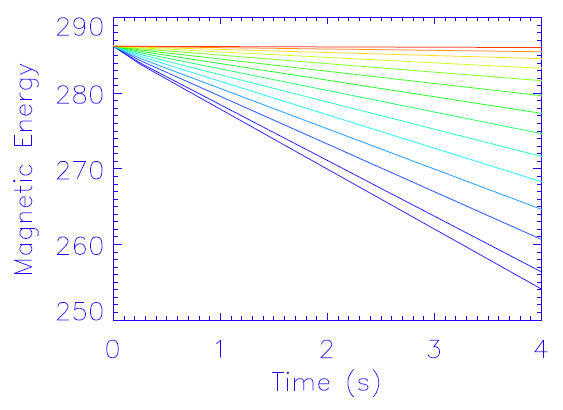
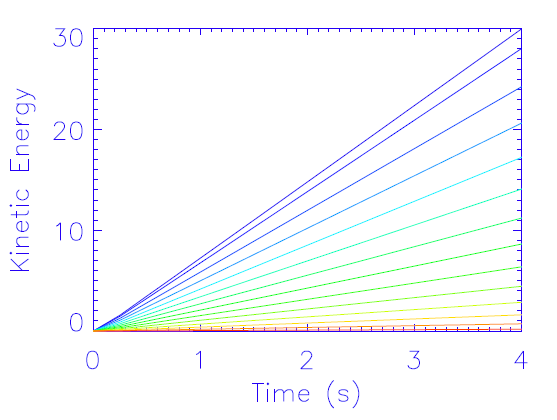
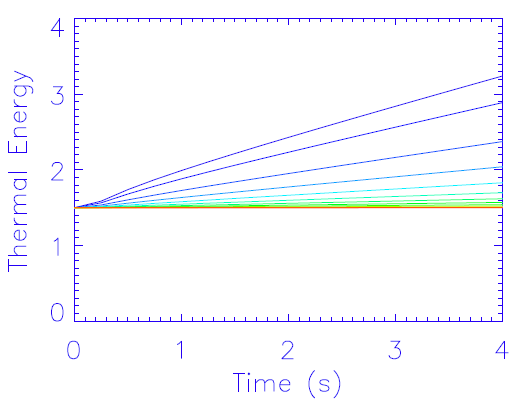
Energy results for the single reconnection case.
A large group of us went rapid river rafting this weekend, an event organised by outdoor rec. I hadn't been before now and it was great fun. Highlights included 'riding the bull', getting stuck on a rock, and that first (deliberate) plunge in to the freezing river water. On the negative side, I lost my keys. Why I didn't leave them in the van I'll never know.
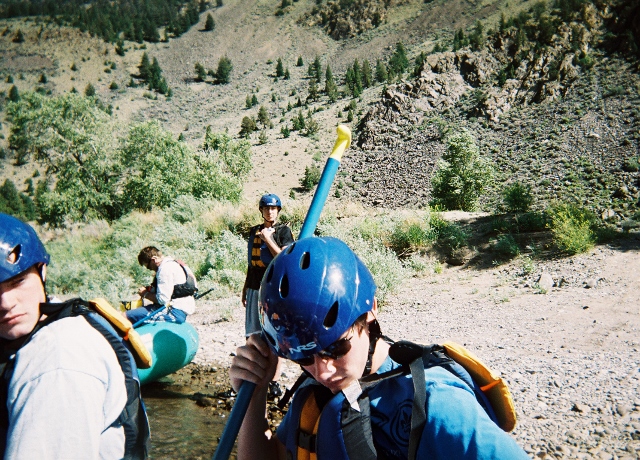
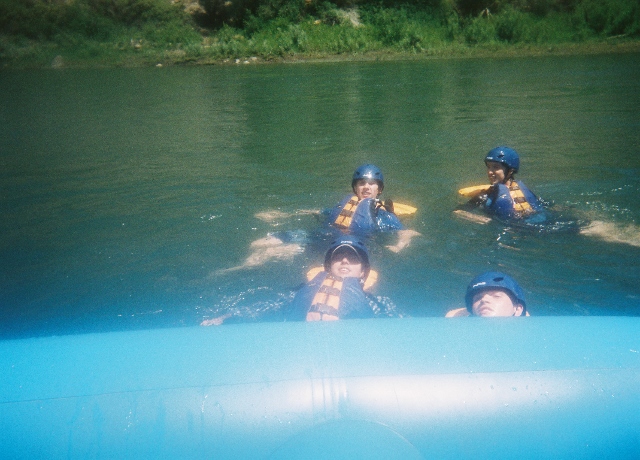
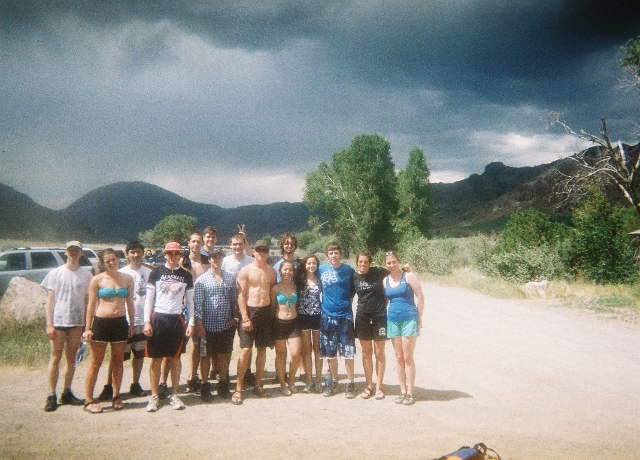
White water river rafting. Water wasn't as warm as it looks!
Week 8
I ran similar experiments to last week but for the multiple angle case. Initially the behaviour is similar, but when the shocks collide interesting and stark behavioural differences begin to occur. For one thing, immediately following the collision the field line ceases to shorten for a period of time, during which the energy conversion also, by and large, ceases. The energy conversion process seems to be intimately tied to whether or not the field line is becoming shorter and thus releasing stored magnetic energy. These observations are illustrated in the graphs below.
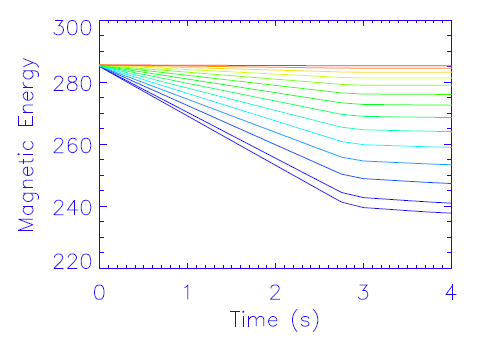
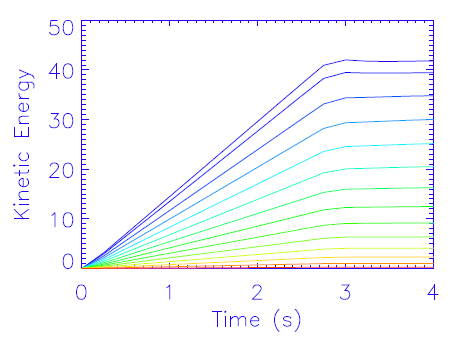
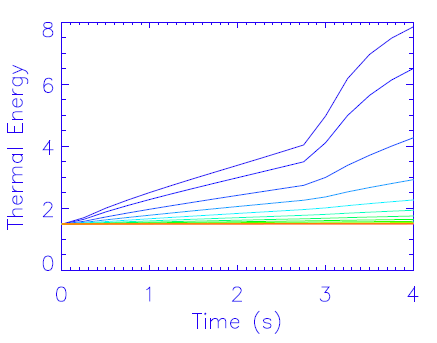
Energy results for multiple reconnection case.
Leaving the codes running for longer lead me to notice that the energy transfer actually reverses as the field line begins to bend. More on this next week.
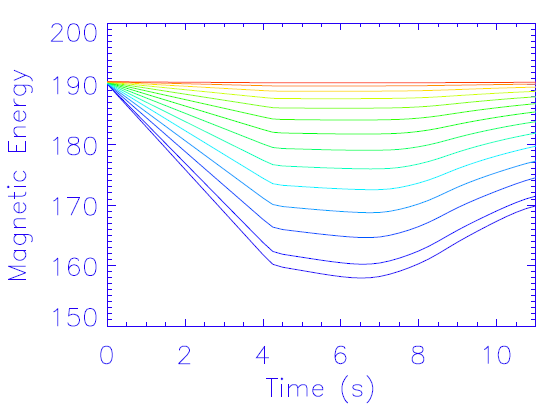
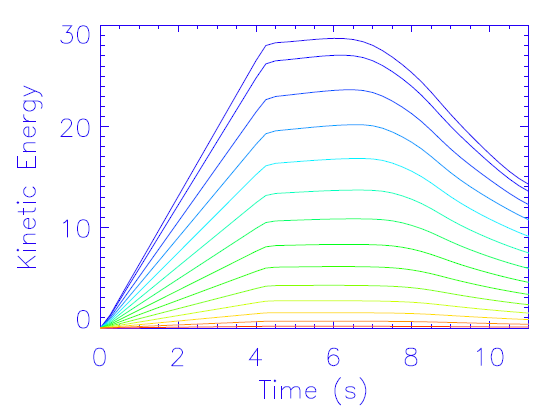
Longterm energy results.
This weekend was fairly quiet for me. A group of us have plans to visit Yellowstone next weekend, so I wanted to take this weekend off to get a chance to see more of Bozeman. The bikes we were able to rent have been really, really handy.
Week 9
This week I started using some of the stuff I'd done with energies to analyse what was happening with the field line bending. Since the field line retracts at the Alfven speed, and the Alfven speed at a point is dependent on the density, the field line can in theory retract at different speeds along its length depending on the local Alfven speed in each region. I haven't shown this explicity let, but I'm working on it.
At this point I was also doing more work on the density evacuation problem. I had already obtained a graph which showed the relationship between the angle and the temperature, but it was a bit blocky due to having relatively few data points. To fix this I had to run the PREFT code over a large range of temperatures with small increments, at each timestep looping over a similarly large range of angles. The resulting computation took a long time but the graph I produced at the end was far clearer.
Improved temperature-angle phase-plane plot.
A bunch of us from Roskie went camping in Yellowstone this weekend, mostly physics REU but some Western Transport as well. We went on several hikes, one of which took most of one day and was exhausting - but the sights were really something to behold. I actually had my first taste of s'mores this weekend, too. Again, no bears! Many, many bison though. Note: it gets really cold out there at night. I knew this, but still didn't pack enough blankets.
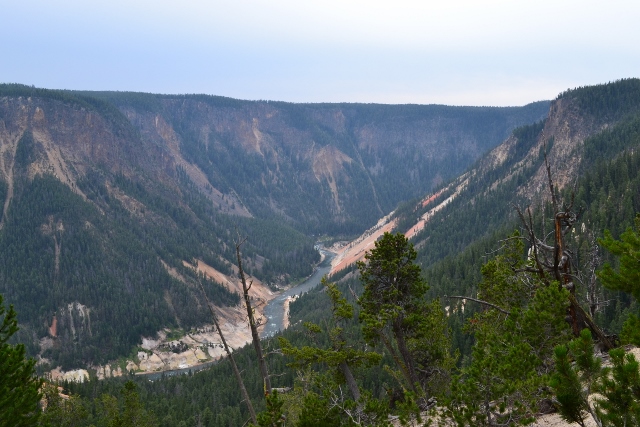
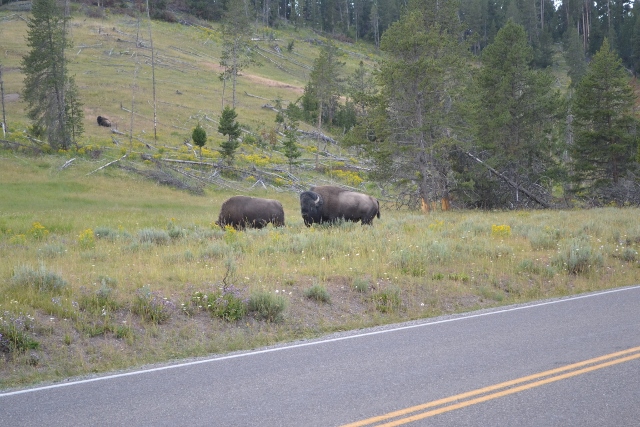
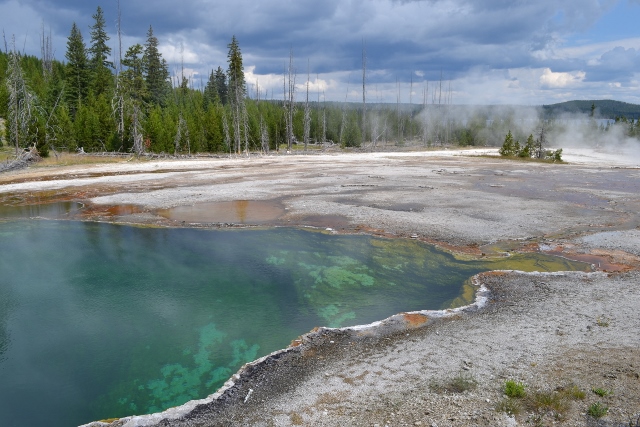
Bison, and views of yellowstone.
Week 10
At the start of this week I was able to finish off the study in to the field line bending and come up with an explanation involving the Alfven speed and how this interacts with the boundary, which was nice. Then continued working on my presentation which was scheduled for Wednesday. Everyone's presentations took place over the Tuesday and Wednesday of this week; they were all of high quality and it was interesting to see which direction everyones research had taken over the summer. Mine seemed to go well, I managed to keep it around the right length at least! The final presentation can be seen in the results section.
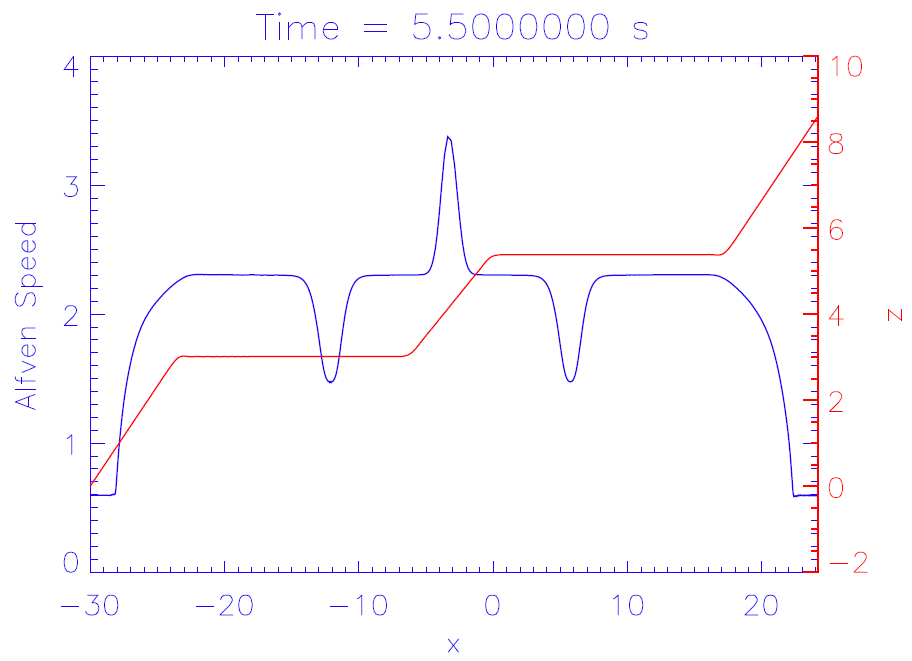
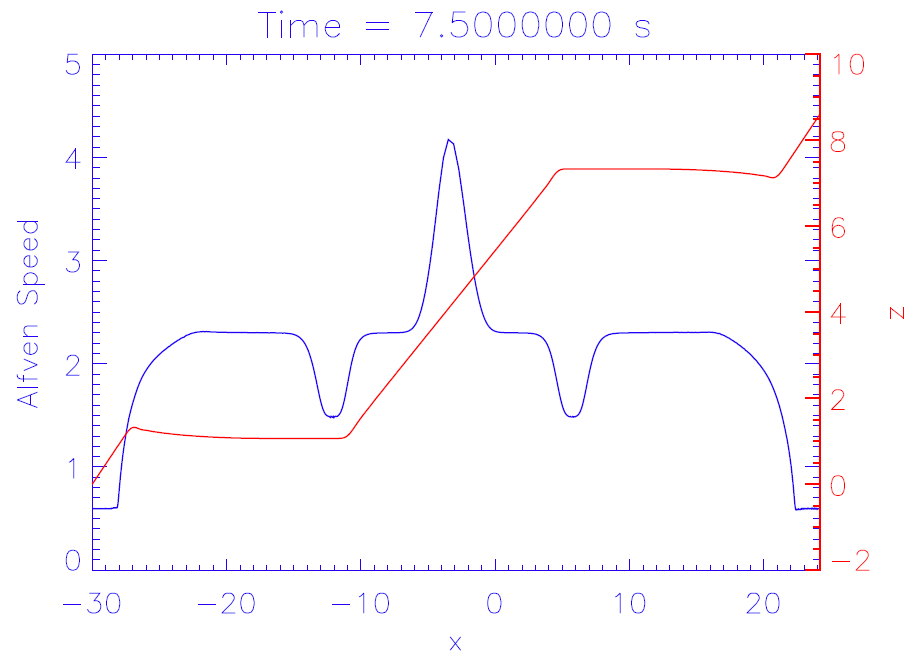
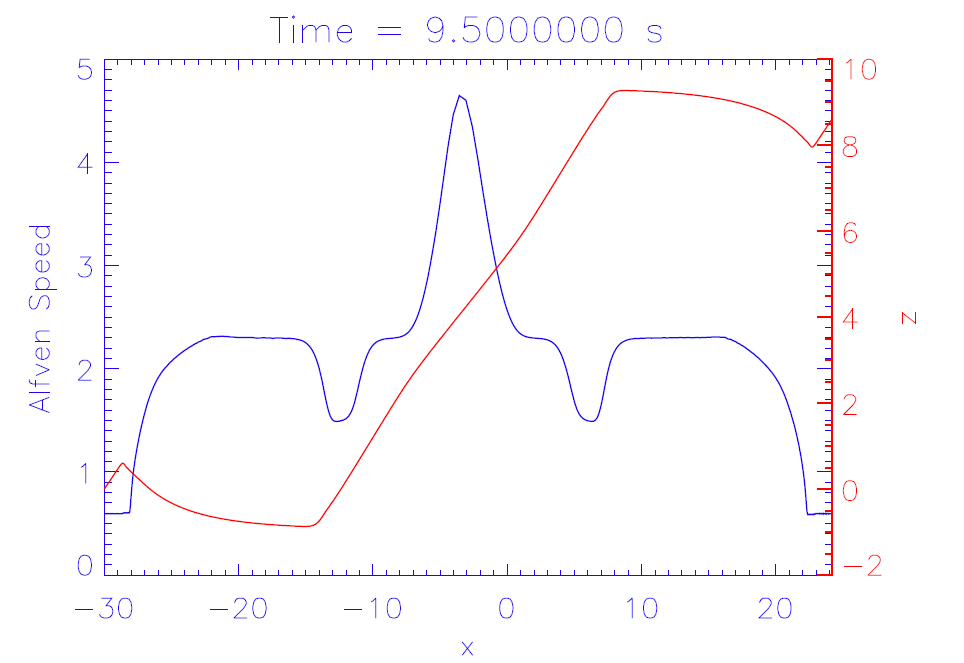
Red: field line position, blue: Alfven speed. Notice the variable speed of the rotational discontinuities (ie corners).
With the projects done and dusted there were some final administrative things to take care of like cleaning up our directories, returning our keys and so on (not to mention time for a few more games of MtG with Roskie friends). Packing up feels a bit surreal as the summer has gone by so quickly, yet in that time I've settled in so well. I'll undoubtedly miss the city, the sights and the friends I've made here, but I'll never forget the great time I've had - it's been one heck of a summer!
Solar Physics REU 2013
